How To Make Sourdough Starter
Your folders
Your folders
Prep Time: 8 minutes
Total: 8 minutes
Author : Healthy and Tasty
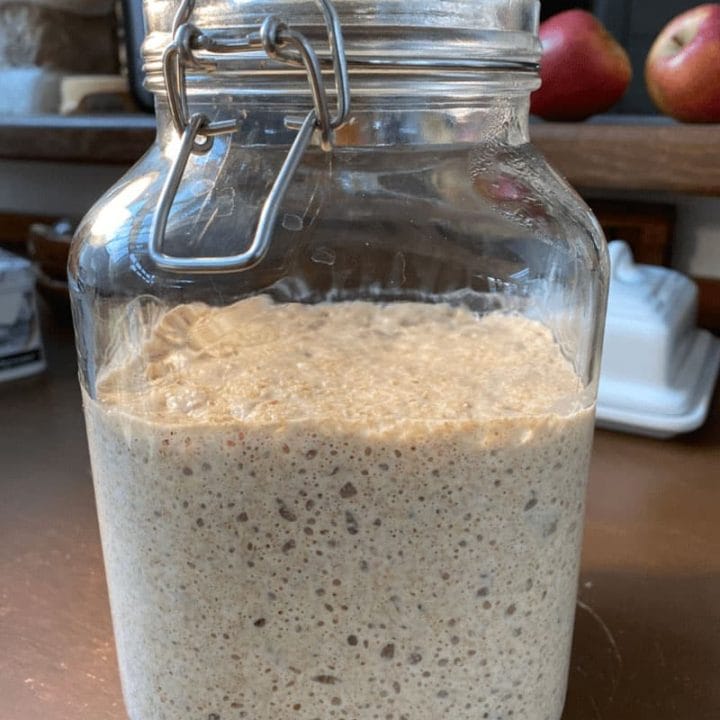
Ingredients
Export 3 ingredients for grocery delivery
Instructions
Step 1
In a clean jar, combine 1/2 cup (60 grams) of flour with 1/4 cup (60 milliliters) of lukewarm water. Stir until the mixture is smooth and there are no dry patches. The consistency should be like a thick pancake batter.
Step 2
Cover the jar loosely with a cloth or coffee filter and secure with a rubber band. Place it in a warm spot with a stable temperature of around 70°F (21°C).
Step 3
In the first 24 hours, you may not see much activity. By the second day, look for small bubbles starting to form, indicating that fermentation has begun.
Step 4
On day 3, you might see more bubbles, and the volume may increase slightly. Feed the starter by discarding about half of it and then adding another 1/2 cup of flour and 1/4 cup of water.
Step 5
From day 4 onwards, feed your starter twice a day (morning and evening) by discarding all but 1/2 cup of the existing starter and adding 1/2 cup of flour and 1/4 cup of water each time.
Step 6
By the end of the week, your starter should be bubbly, have a pleasant tangy smell, and be ready to use. It should also double in size consistently after each feeding.
Step 7
Once your starter is active, you can keep it on the counter and continue feeding it twice daily, or move it to the refrigerator for weekly feedings. If refrigerated, take it out once a week, let it come to room temperature, and feed it. Before using it for baking, let it sit out again to become active.
Step 8
Use your starter to make sourdough bread, pancakes, waffles, and other fermented goods.
Top similar recipes
Curated for youYour folders
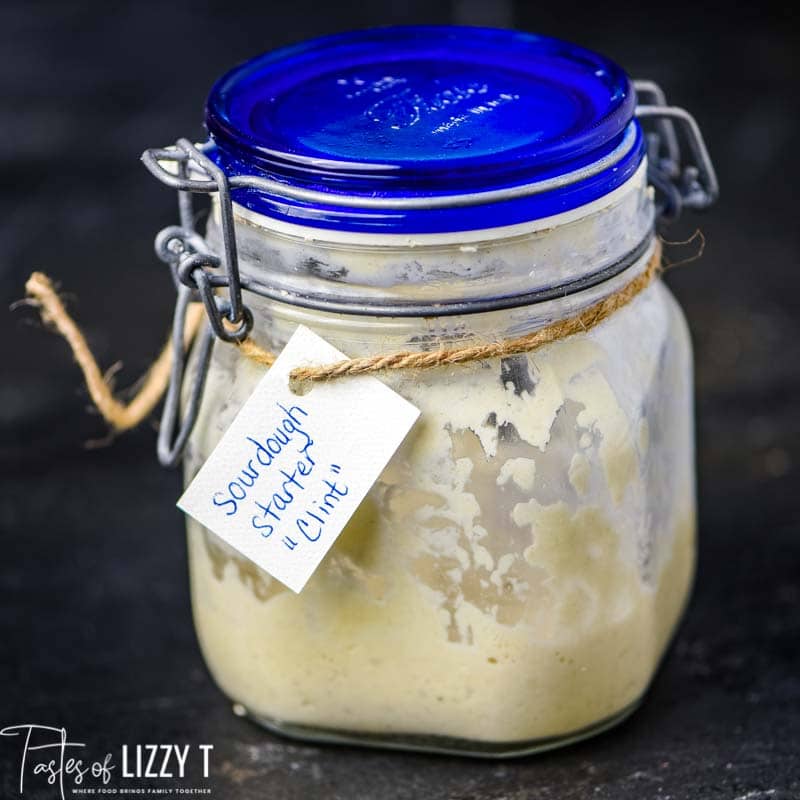
 279 views
279 viewsHow to Make Sourdough Starter
tastesoflizzyt.com
4.8
(29)
Your folders
 469 views
469 viewsHow To Make Sourdough Starter
themodernproper.com
Your folders
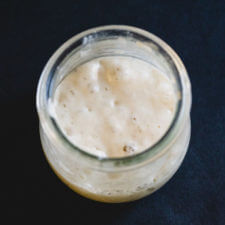
 545 views
545 viewsHow to Make Sourdough Starter
acouplecooks.com
3.8
(259)
120 hours
Your folders
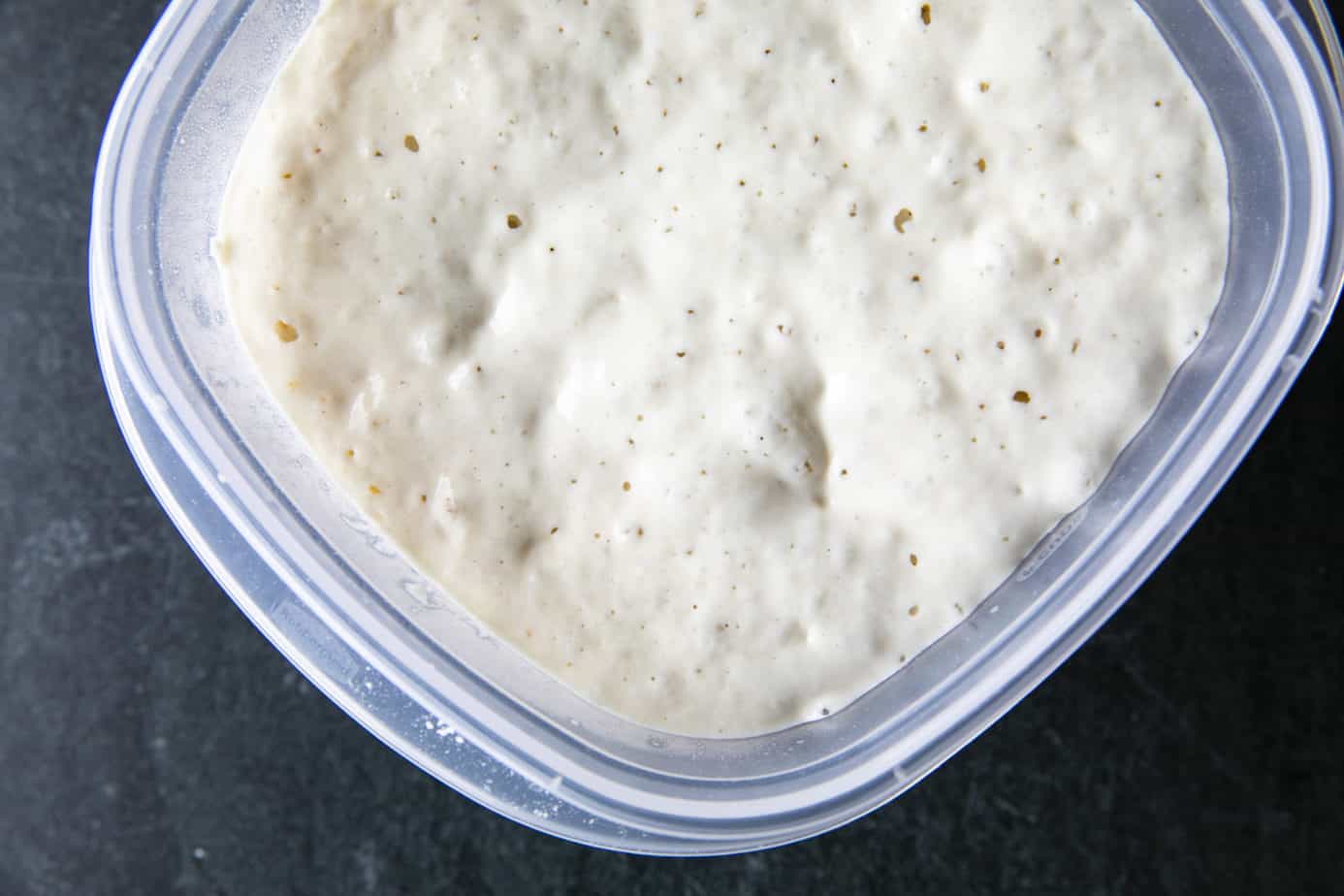
 241 views
241 viewsHow to Make Sourdough Starter
foodiewithfamily.com
5.0
(3)
Your folders
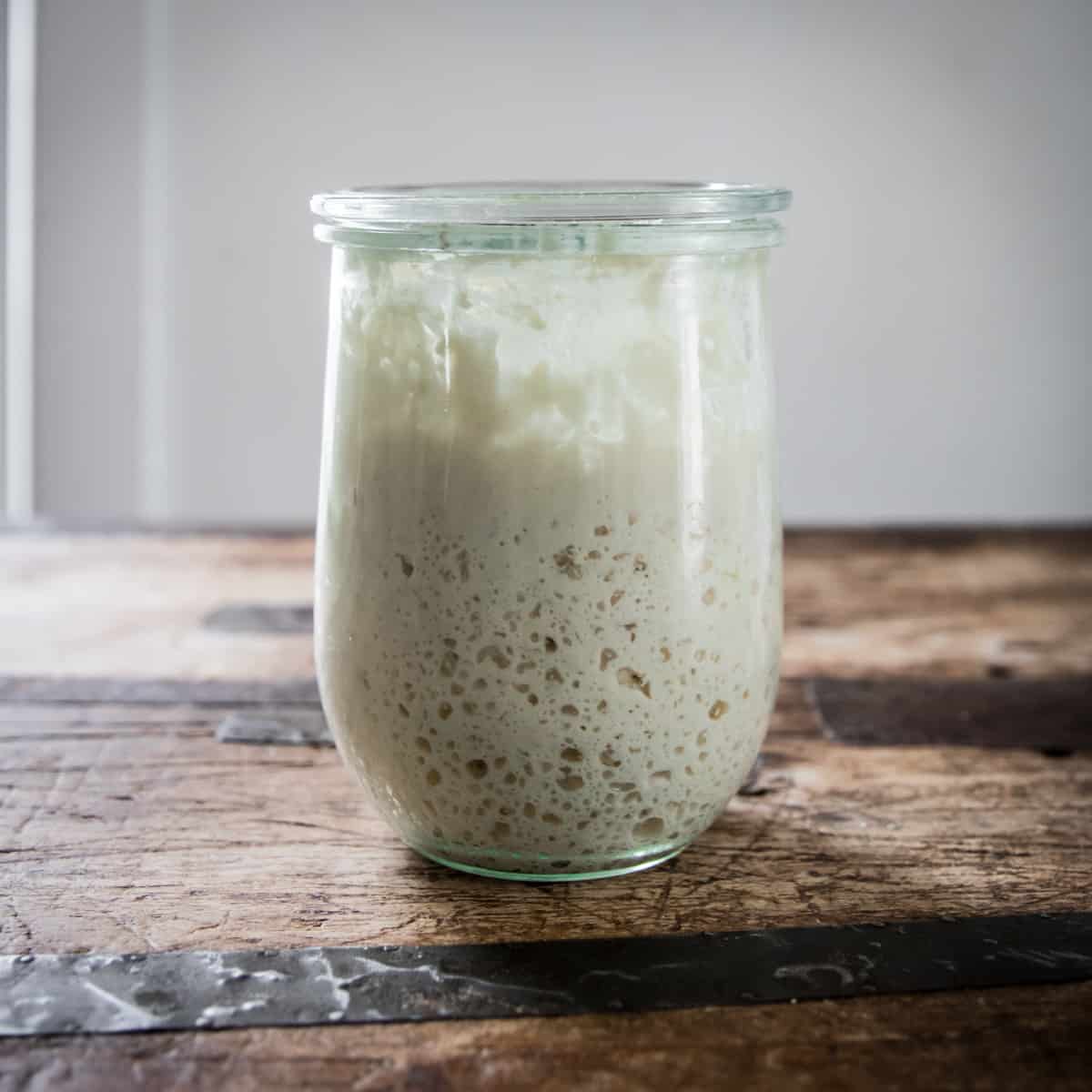
 247 views
247 viewsHow to Make Sourdough Starter
growforagecookferment.com
4.9
(7)
Your folders

 257 views
257 viewsHow to Make Sourdough Starter
acouplecooks.com
5.0
(2)
120 hours
Your folders

 359 views
359 viewsHow to Make Sourdough Starter
aheadofthyme.com
5.0
(3)
Your folders

 333 views
333 viewsHow to Make Sourdough Starter
thesuburbansoapbox.com
5.0
(1)
Your folders
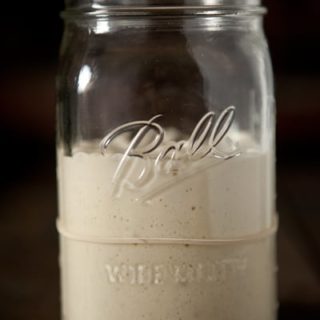
 269 views
269 viewsHow to Make a Sourdough Starter
pinchmysalt.com
4.3
(22)
Your folders

 213 views
213 viewsHow to Make a Sourdough Starter
ourgabledhome.com
4.9
(10)
Your folders
/__opt__aboutcom__coeus__resources__content_migration__serious_eats__seriouseats.com__2020__05__20200512-sourdough-starter-5050rye-full-jar-tim-chin-0931479ce7464ad989fefcfb14654cf0.jpg)
 377 views
377 viewsHow to Make a Sourdough Starter
seriouseats.com
Your folders

 340 views
340 viewsHow to Make a Sourdough Starter
lionsbread.com
Your folders
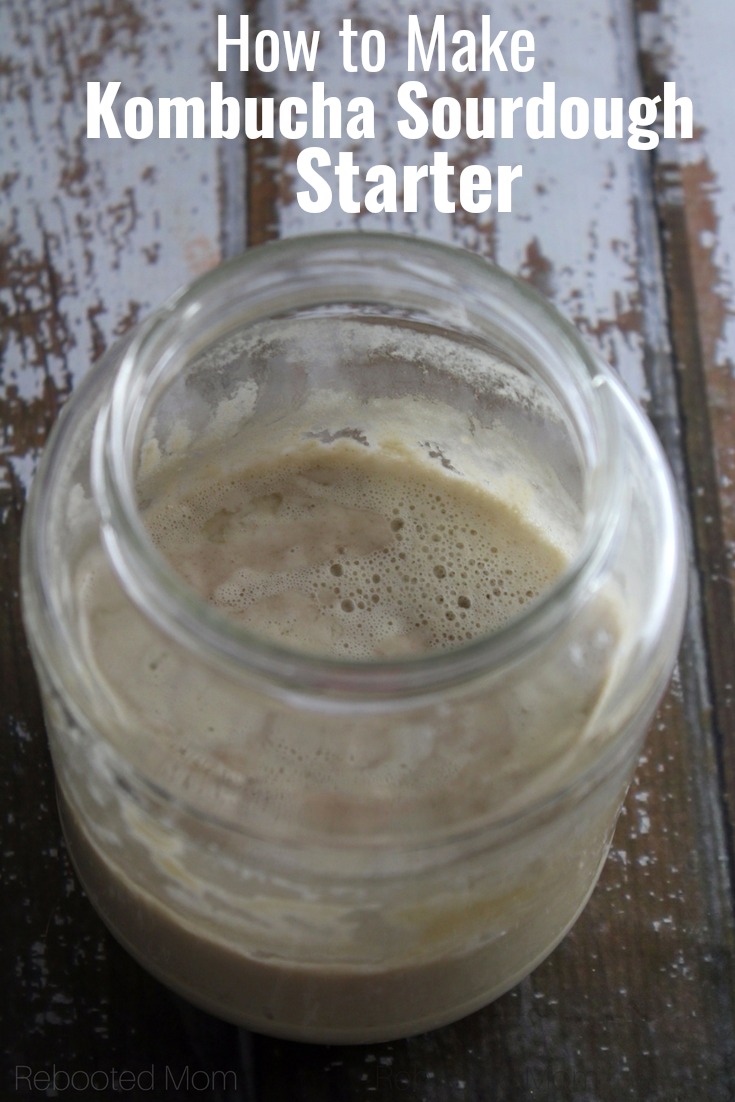
 328 views
328 viewsHow to Make Kombucha Sourdough Star...
rebootedmom.com
Your folders
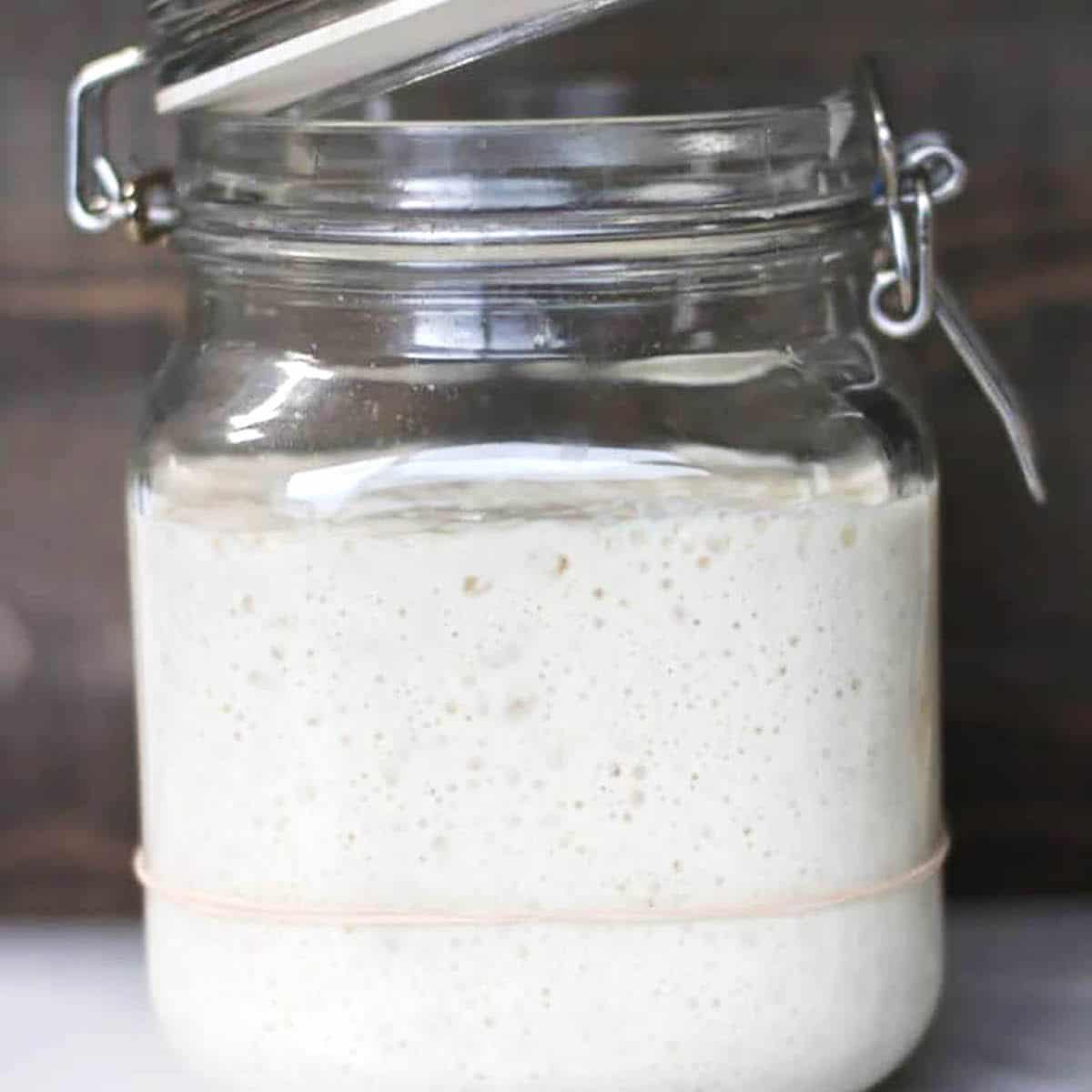
 215 views
215 viewsHow to Make a Sourdough Starter
dirtanddough.com
4.7
(3)
Your folders
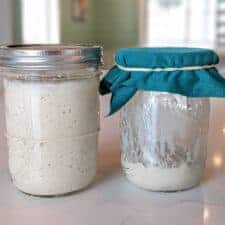
 277 views
277 viewsHow to make a sourdough starter
blessthismessplease.com
5.0
(20)
240 hours
Your folders
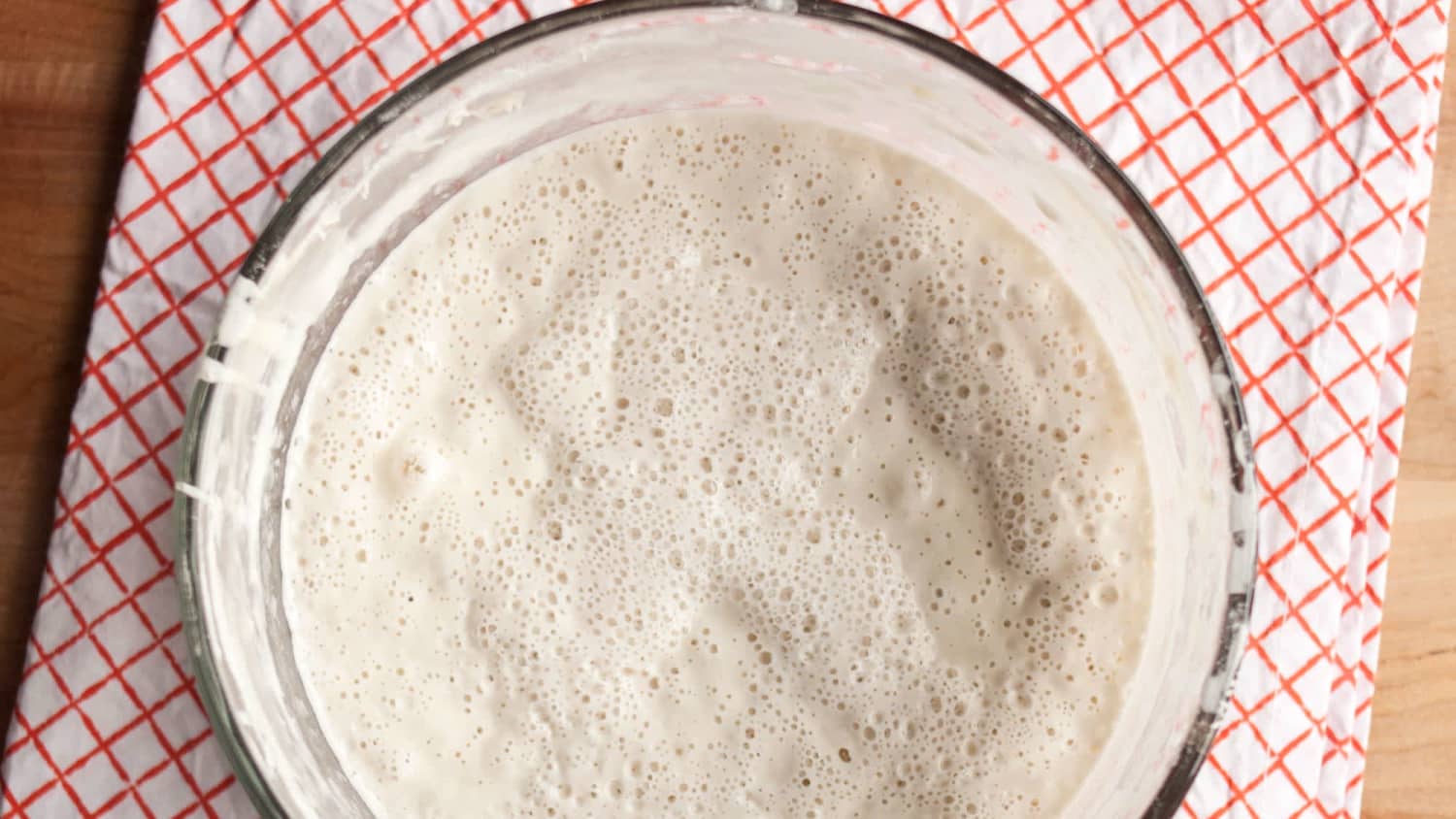
 558 views
558 viewsHow To Make Your Own Sourdough Star...
thekitchn.com
3.4
(77)
Your folders
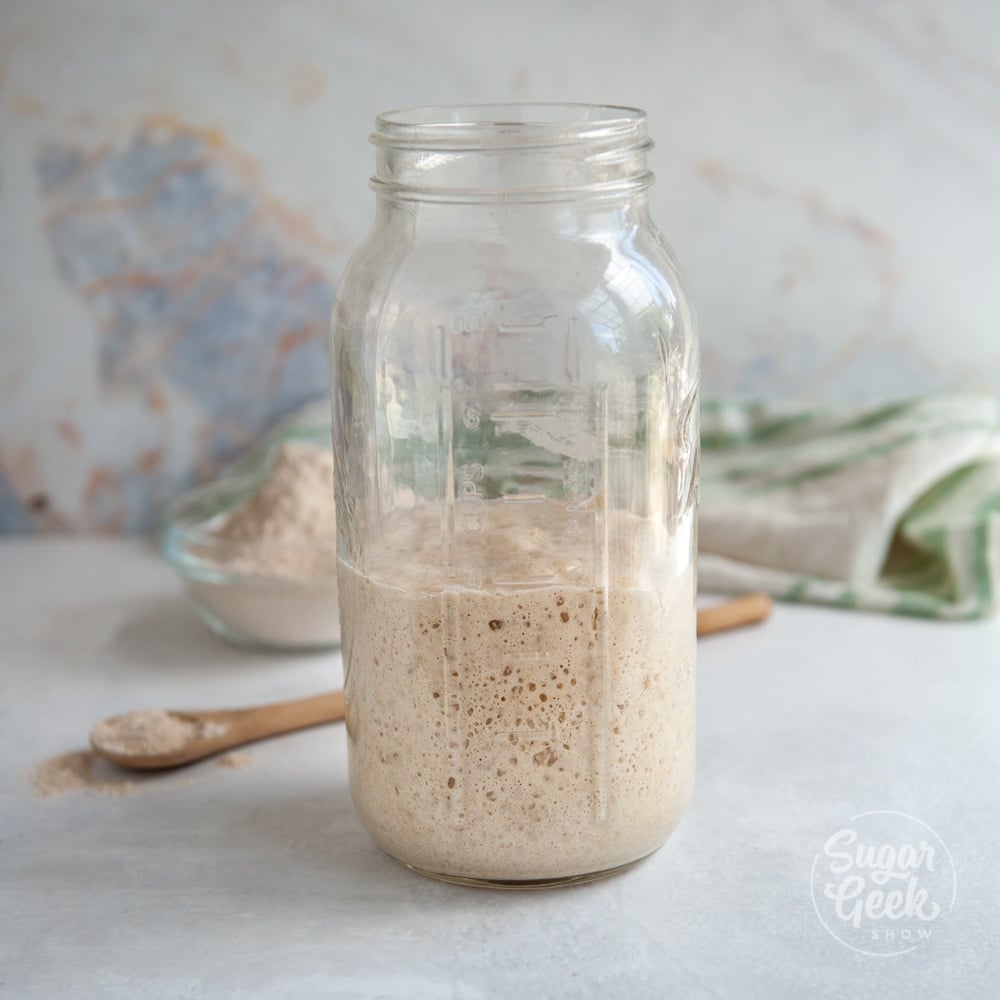
 223 views
223 viewsHow To Make Sourdough Starter For B...
sugargeekshow.com
5.0
(9)
Your folders
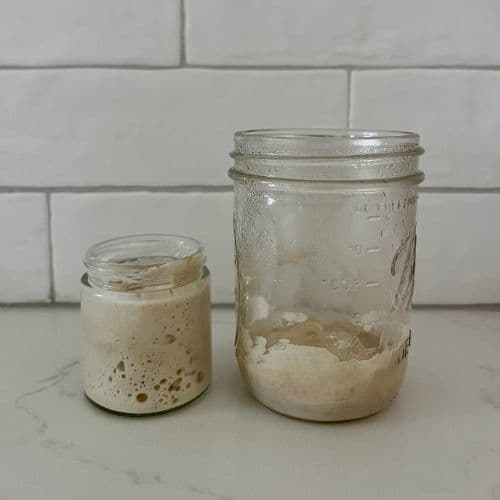
 162 views
162 viewsHow To Make A Small Sourdough Start...
pantrymama.com
3.7
(25)
Your folders

 145 views
145 viewsHow to make a sourdough bread start...
theirishmanswife.com
5.0
(3)